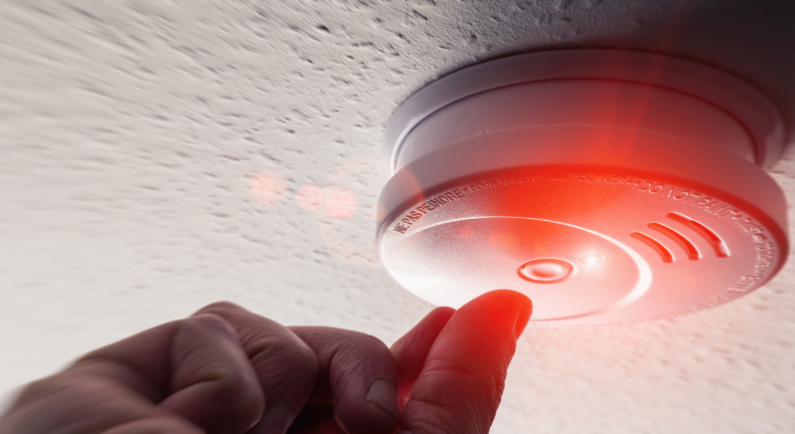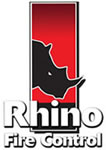
What Are The Differences Between Each Type Of Detector?
Fire detectors are an integral component of a fire alarm system. As soon as a fire is detected, the system’s alarms are triggered to alert occupants of the immediate threat to their safety and facilitate a rapid and orderly escape.
There are many types of fire alarm detectors, each of which is designed for different applications and is activated for different reasons, so it can be challenging to choose the right one for your business’s needs. In this article, we will outline the four main types of fire detector: smoke, heat, flame, and beam.
1. Smoke Detectors
Smoke detectors, which are perhaps the most recognised type of fire detection system, fall into one of three categories: photoelectric, ionisation, or a combination of the two known as a ‘dual sensor detector’.
-
Ionisation smoke detectors detect active flaming fires slightly earlier than photoelectric models but may not provide occupants with sufficient warning of smouldering fires.
-
Photoelectric detectors are more effective at spotting smouldering fires which, due to the thick toxic smoke they produce, can be extremely dangerous.
-
Dual sensor detectors are configured to detect both flaming and smouldering fires.
2. Flame Detectors
A flame detector detects the presence of a flame by responding to the overall radiation produced by an emerging fire. However, the name is slightly misleading, as these detectors can also identify smokeless flammable liquids and early-stage fires that may not yet exhibit flames that are visible to the human eye. Flame detectors are designed to detect other light waves such as ultraviolet and infrared that are typically emitted from flames. Flame detectors are used extensively in production plants to detect flames, with an average response time of less than one second. Flame detectors can be integrated with various fire alarms and fire suppression systems to provide an immediate response if an emerging blaze is detected.
3. Heat Detectors
In some situations, such as in restaurant kitchens or food manufacturing plants, it is important that fire suppression systems and alarms aren’t activated accidentally whenever heat or normal levels of smoke are detected. Heat detectors accurately monitor the rate at which the temperature is increasing in a room and activate fire prevention measures once it exceeds a defined safe level. This ensures that the heat generated by harmless processes, such as cooking, doesn’t result in false alarms, whereas a significant temperature increase that would indicate a fire is promptly detected.
4. Beam Detectors
Beam detectors use infrared technology to detect the presence of smoke in a room. The system projects a beam of light from a transceiver unit to a reflector on the other side of the room, where it is returned to the point of origin. Ordinarily, the infrared beam should be reflected clearly, but the presence of smoke particles in the room would create an obstruction that would decrease the light signal.
Contact Us For Expert Fire Detector Advice
If you’re unsure which types of fire detector are suited to your safety needs, the experts at Rhino Fire Control can help. Our professional fire alarm installation and maintenance services can help you keep your premises safe and minimise downtime.
For more information, please get in touch on 01278 422705 or send us a message and our experienced fire safety consultants will be pleased to help.
Image Source: Canva


.png?width=230&height=56&name=Speak%20To%20An%20Expert%20button%20cta%20(1).png)
